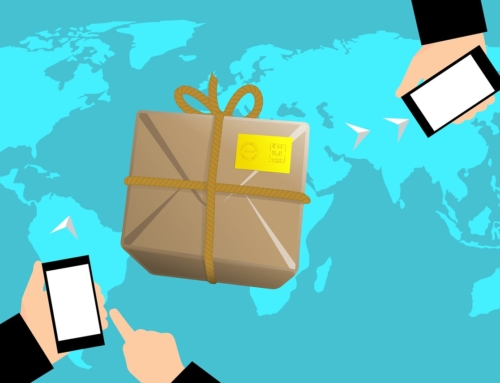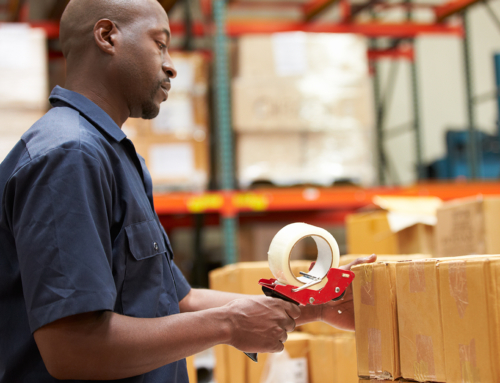What comes up must come down, and, sometimes, what goes out of your inventory will inevitably be returned.
Stores with physical locations can expect around eight percent of their sales to be reversed, eCommerce retailers may see return rates as high as 30 percent, depending on their segment. No matter how you look at it, that’s a lot of money walking away unless your returns management services are really up to snuff.
Doing Reverse Logistics Better Increases Profits
Long gone are the days when just one or two items here and there might be returned to a shop on Main Street.
Today, shoppers regularly buy items they’re unsure about, with the full intent of trying them out and returning the ones they don’t like. Often it’s the fashion industry that takes a wash with this thinking, but others, like home improvement or home interiors often suffer the brunt of “home trials.”
Regardless of the industry, though, it’s vital that companies find smarter ways to stem the tide of returns that threaten to sink so many ships.
Here are a few suggestions to get your business started with better reverse logistics:
- Set up a physical returns location. You might have your own physical space, as well as a website, or a business partner that has a space they would let you use for accepting returns, put it to work.
When customers bring the returns in themselves, it saves you a lot in shipping and can centralize your reverse logistics process. Just be sure the people on the ground are trained to grade items so they arrive at your door ready to move on to the sales floor or to a liquidator.
- Launch a dedicated site for returned and opened box items. Websites work well for this, but physical sites can, too.
Big brands like sporting goods retailer REI and department store Nordstrom both have been playing around with this concept for a while. Nordstrom Rack is a popular stop for customers that are looking for Nordstrom quality, but at a lower price point; REI’s used gear has long been a draw for customers, expanding it to digital gives more people more access to deals. Both are increasing their brand following by simply reselling their returns.
- Partner with a reverse logistics company with connections. If you’re still doing your own returns management, you’re probably losing more money than you think.
Choosing a reverse logistics specialist means that your products are not only expertly graded according to your specifications, it means that those same products are being moved out the door and to markets where you’ll get your best return rapidly.
Returns management can be both challenging and costly, making it increasingly vital that you find appropriate ways to optimize the product backflow. But as customers continue to seek out deals, you can develop new ways to reach those bargain hunters as second round shoppers







Leave A Comment